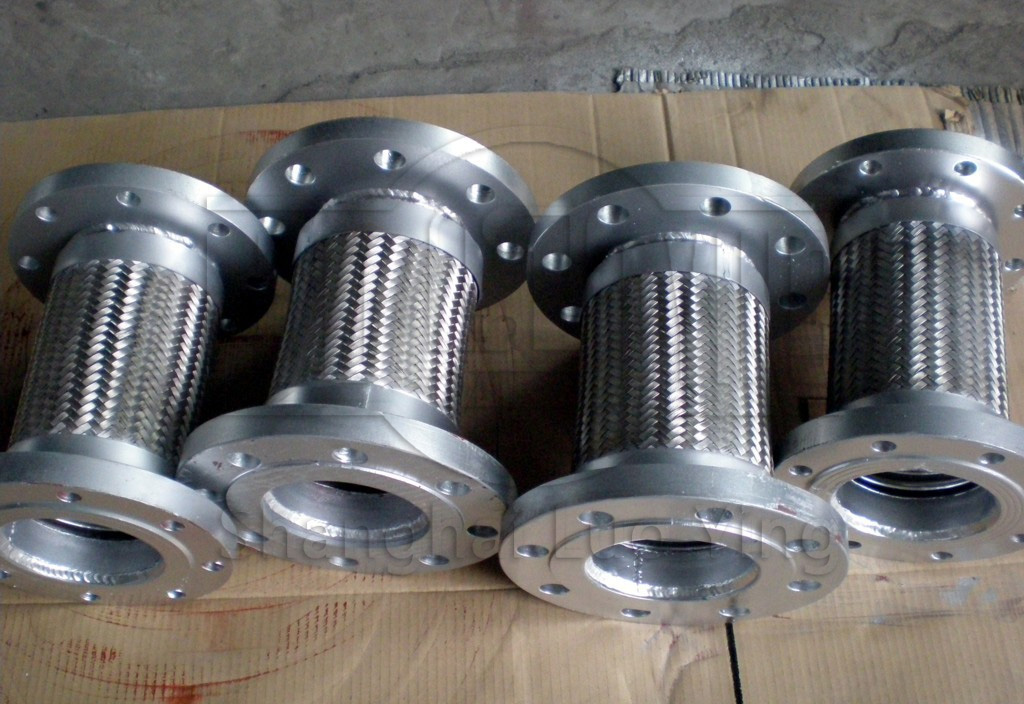Metal flexible connection laying requirements and precautions.
Jul-23-11
Metal flexible connection laying requirements and precautions.When it comes to the laying of metal flexible connections, there are certain requirements and precautions that need to be taken into consideration to ensure their proper functioning and longevity. The following are some important guidelines to follow during the laying process:
1 . Proper Alignment: Ensure that the metal flexible connection is properly aligned with the equipment or pipeline it is being connected to. Misalignment can cause stress on the connection and lead to premature wear or failure. Make sure the connection is straight and parallel to prevent excessive bending or twisting.
2 . Sufficient Length: Allow for proper length and slack in the metal flexible connection to accommodate movement or vibration of the connected components. Avoid stretching the connection too tightly, as it can restrict movement and cause undue stress. Provide enough length for natural expansion and contraction of the components during operation.
3 . Avoid Sharp Bends: Do not bend the metal flexible connection at sharp angles. Excessive bending can restrict the flow of media and increase the resistance, resulting in pressure drops and potential damage to the connection. Use appropriate fittings or adapters to ensure smooth flow and avoid kinks or bends that are too tight.
4 . Proper Support and Fixing: Ensure that the metal flexible connection is adequately supported and fixed at both ends to prevent excessive movement or vibration. Use appropriate brackets, clamps, or hangers to secure the connection and distribute the weight evenly. Avoid over-tightening or under-tightening the supports, as it can strain the connection or cause it to loosen over time.
5 . Avoid Direct Contact with Sharp Objects: Metal flexible connections should not come into direct contact with sharp or abrasive objects. Insulate or protect the connection from nearby components, structures, or materials that may cause damage. This includes avoiding contact with edges, rough surfaces, or abrasive substances that can wear or puncture the connection.
6 . Proper Clearances: Allow for proper clearances around the metal flexible connection to prevent interference with other equipment or structures. Ensure there is enough space for movement and avoid placing the connection in tight spaces or areas where it may get trapped or pinched.

8 . Regular Inspection and Maintenance: Periodically inspect the metal flexible connections for any signs of wear, leakage, or damage. Ensure that any malfunctioning or damaged connections are promptly repaired or replaced to prevent further issues.
It is crucial to always refer to the manufacturer's guidelines and recommendations for the specific metal flexible connection being installed. Following these laying requirements and precautions will help ensure the safe and reliable operation of the connection, extend its lifespan, and minimize the risk of failure or leaks.

